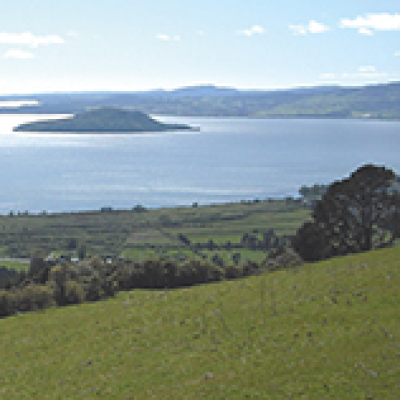
28 April 2017
The health warnings issued in November for Lake Rotoehu and in December for Lake Okaro have now been lifted by the Medical Officer of Health.
Results of water testing by Bay of Plenty Regional Council confirm that the algal bloom has subsided in both lakes.=
Despite the lifting of the warning, the public should always be cautious for signs of algal blooms if using lakes. “Algal blooms can develop rapidly and unpredictably and can sometimes produce toxins that are harmful for people as well as animals. If the water looks discoloured, has an unusual smell, or has green or brown particles suspended in it then it is best to avoid contact with it,” says Dr Phil Shoemack, Medical Officer of Health.
Bay of Plenty Regional Council environmental scientist Paul Scholes says his team will continue to monitor both lakes for further blooms. “While the Bay of Plenty’s water quality is generally good, we work closely with Toi Te Ora to inform the public of any issues. Maintaining and improving water quality is one of the regional council’s outcomes and we regularly monitor more than 70 popular coastal, river and lake recreation sites for faecal contamination and algal bloom.”
The regional council's recently released 'Our fresh water 2017' report shows Rotorua’s freshwater quality is improving overall, largely due to the efforts of the Rotorua Te Arawa Lakes Programme, which is committed to ensuring the long-term protection and restoration of the lakes in the Rotorua district.
Up-to-date information on health warnings for the Bay of Plenty and Lakes districts is available through these channels: